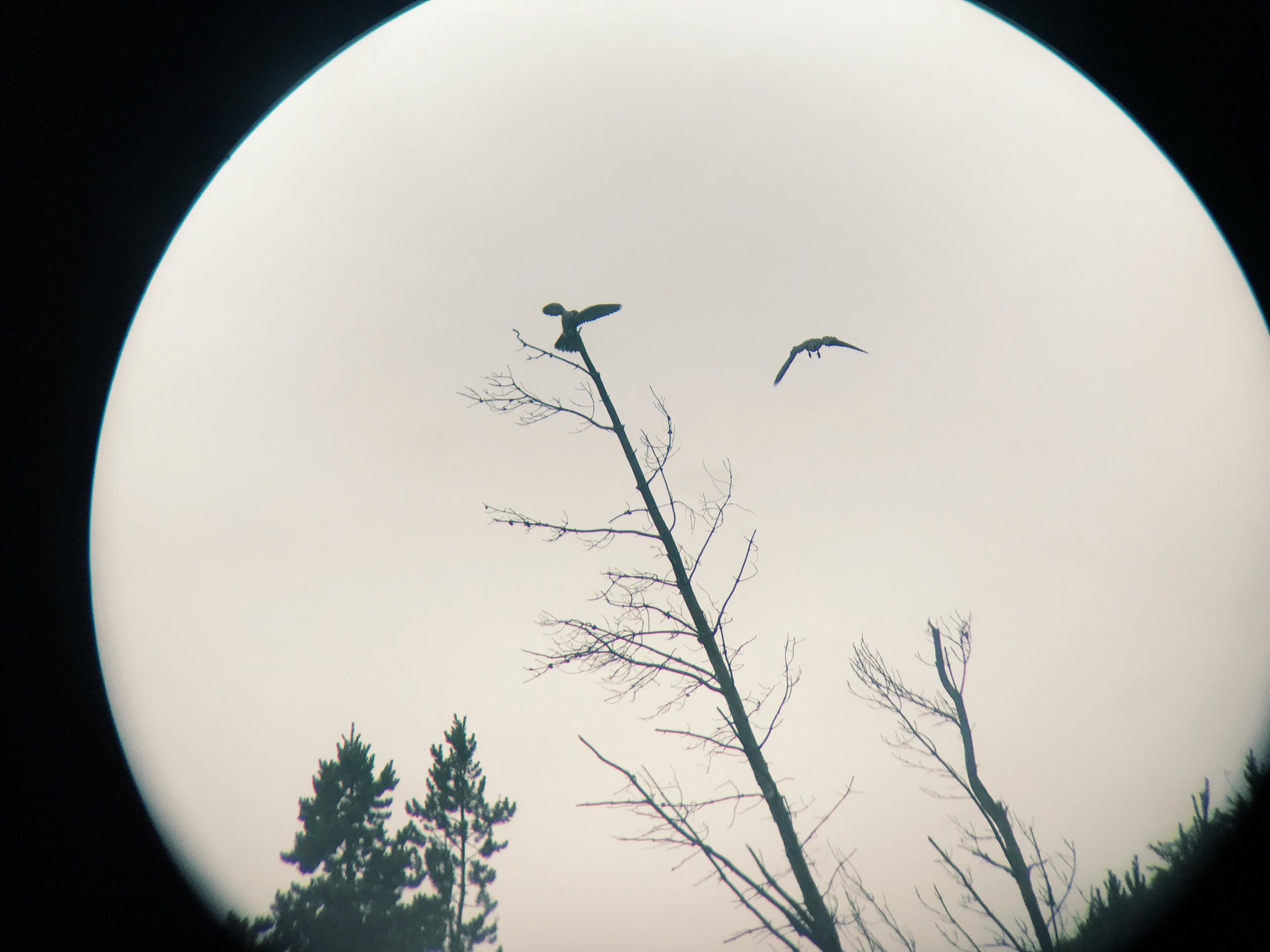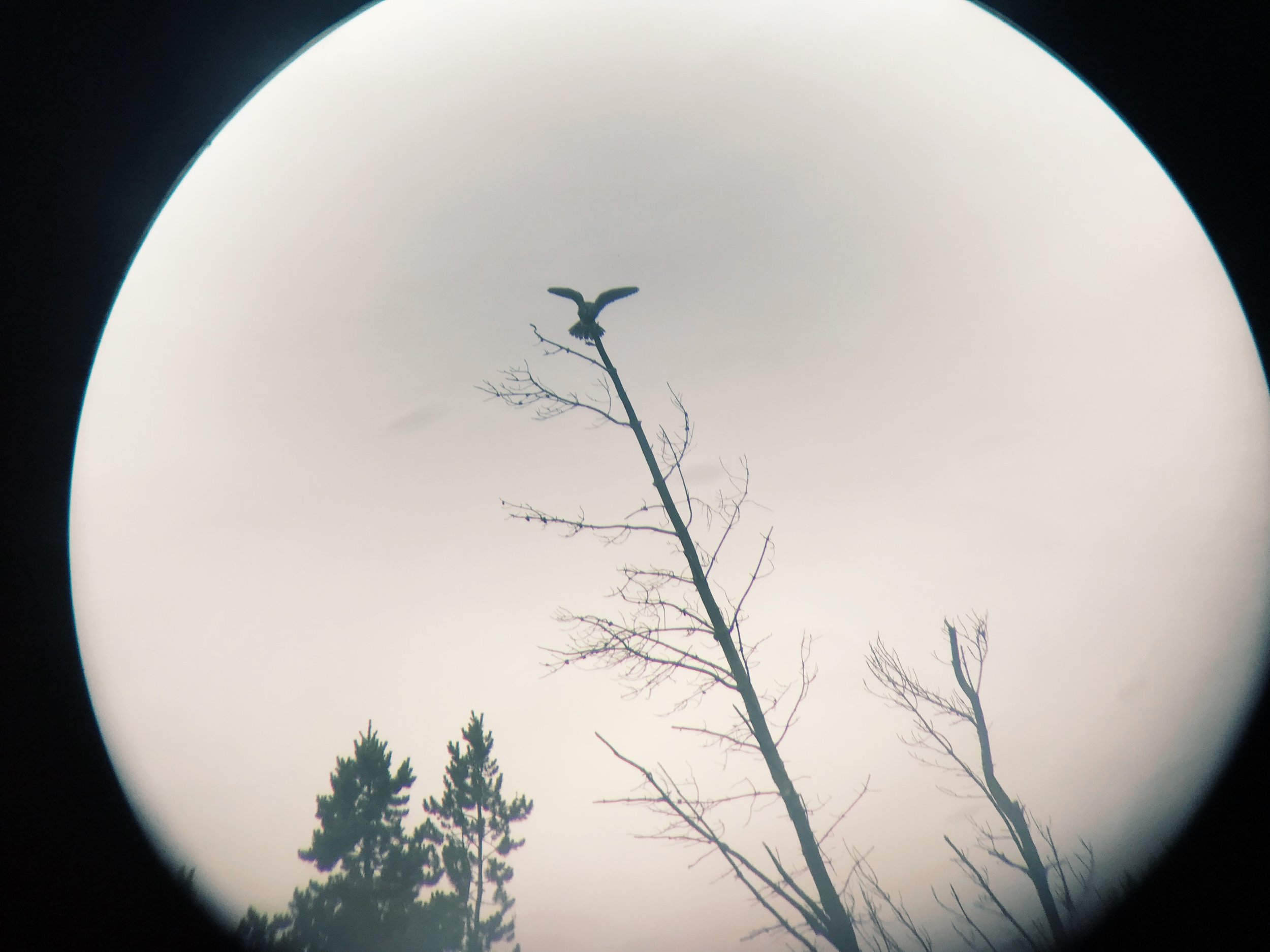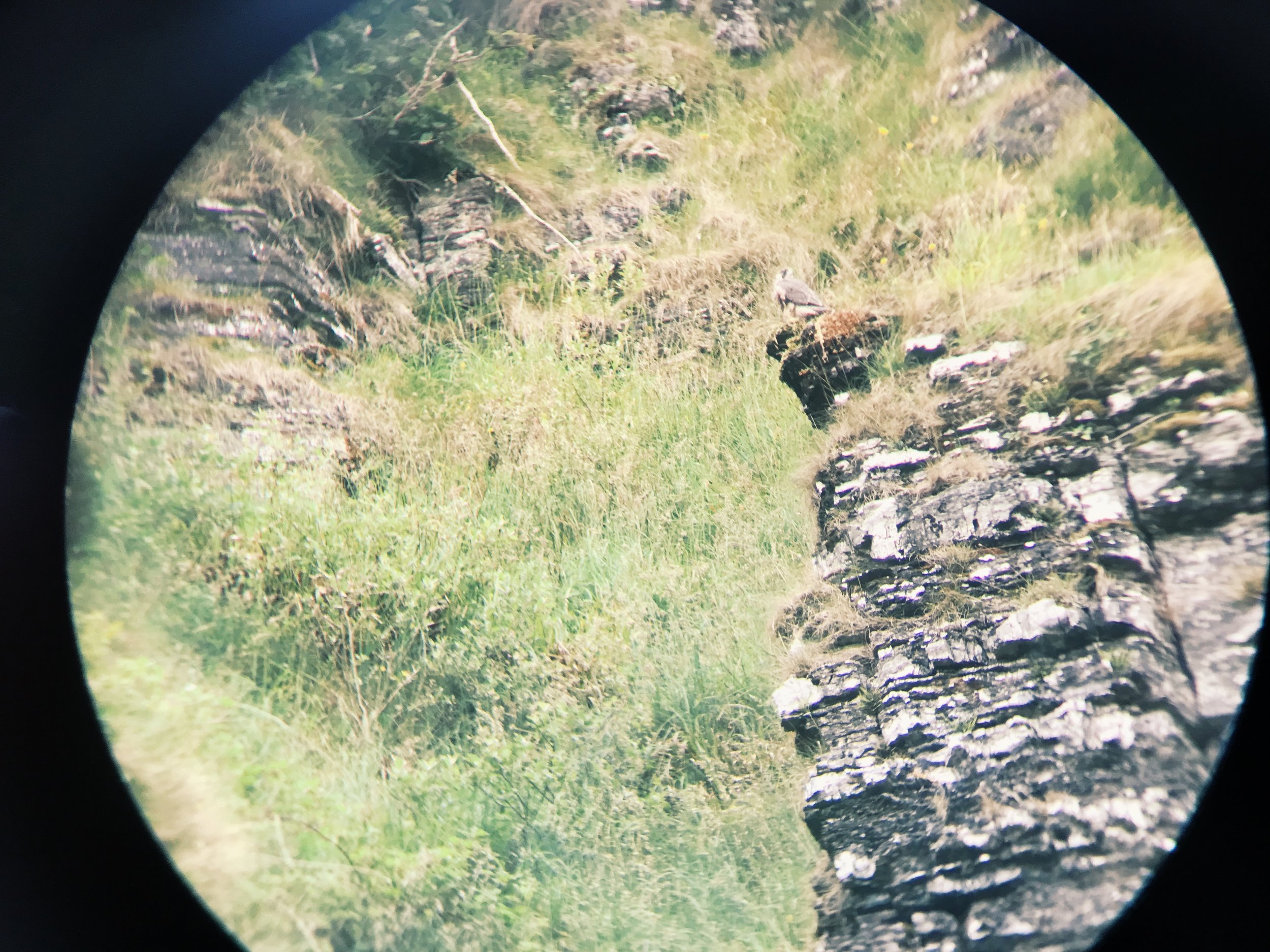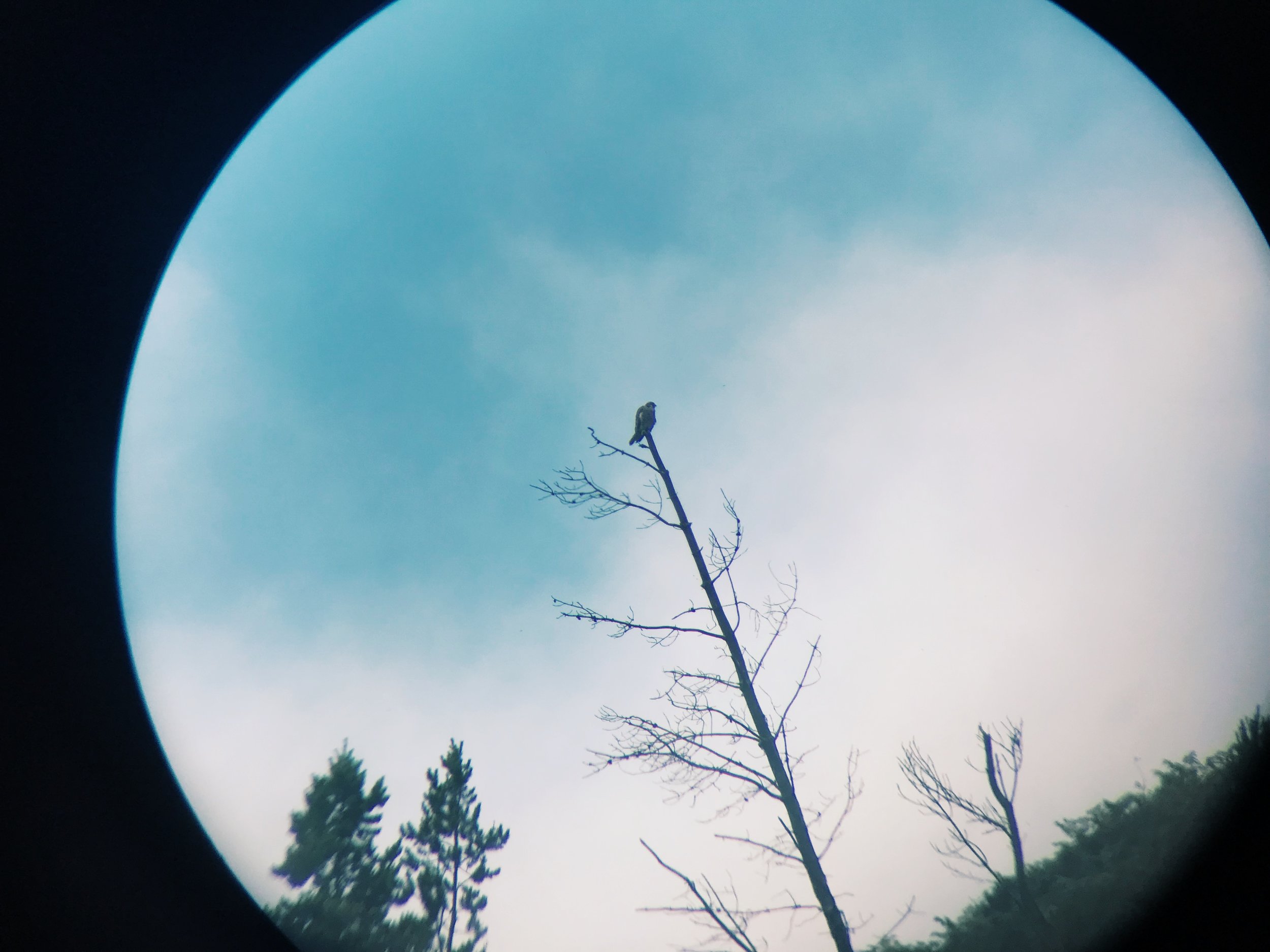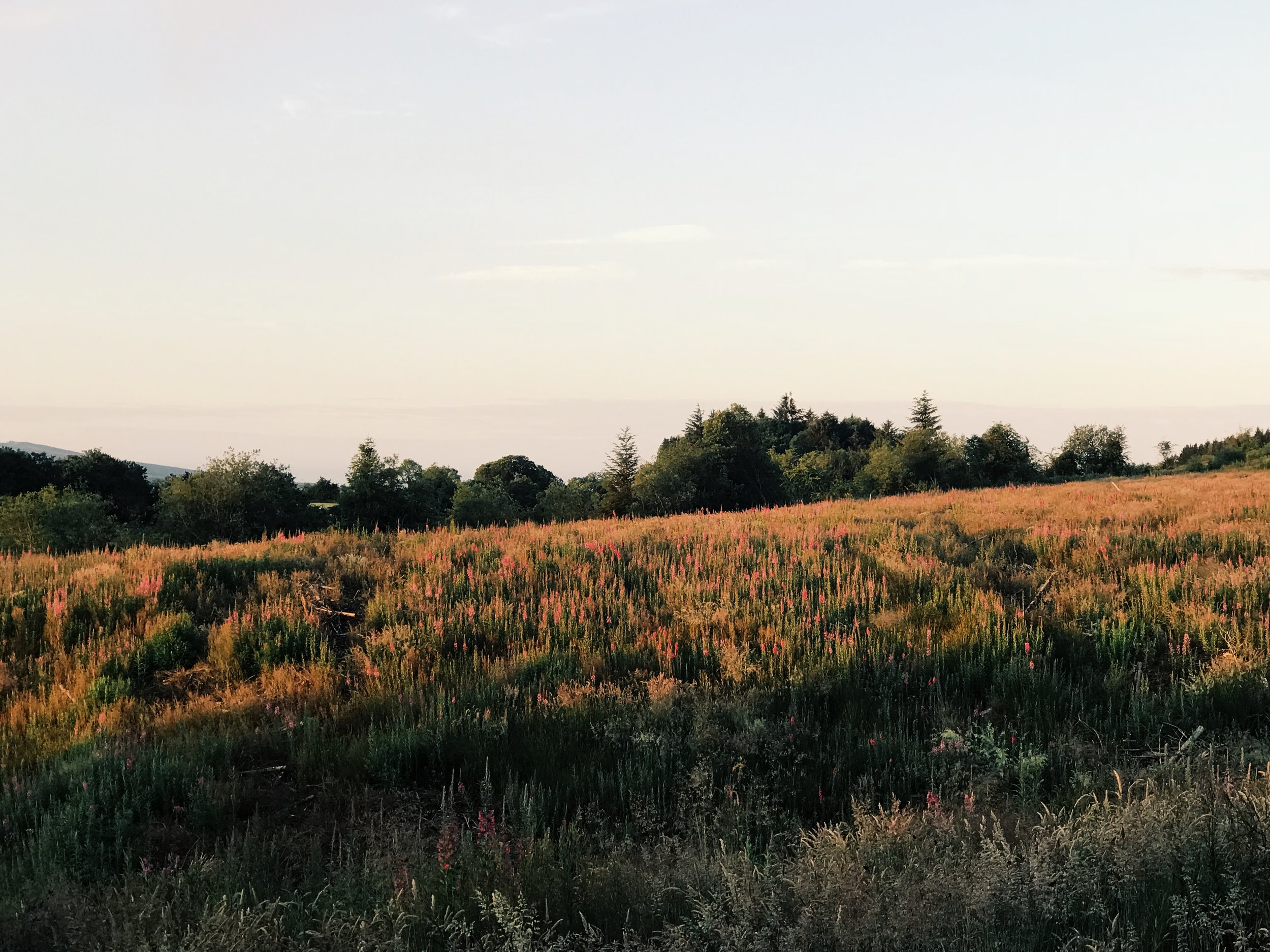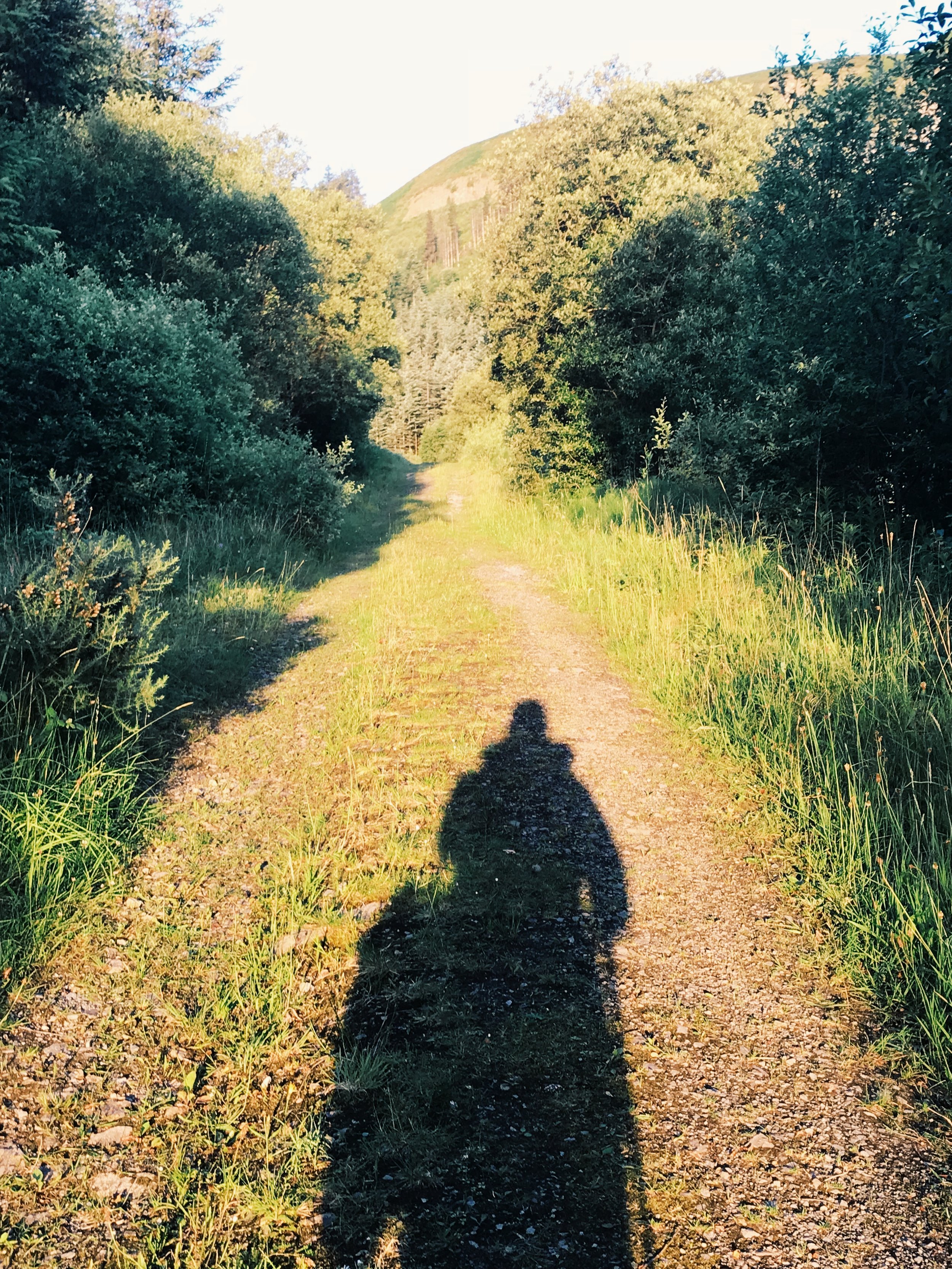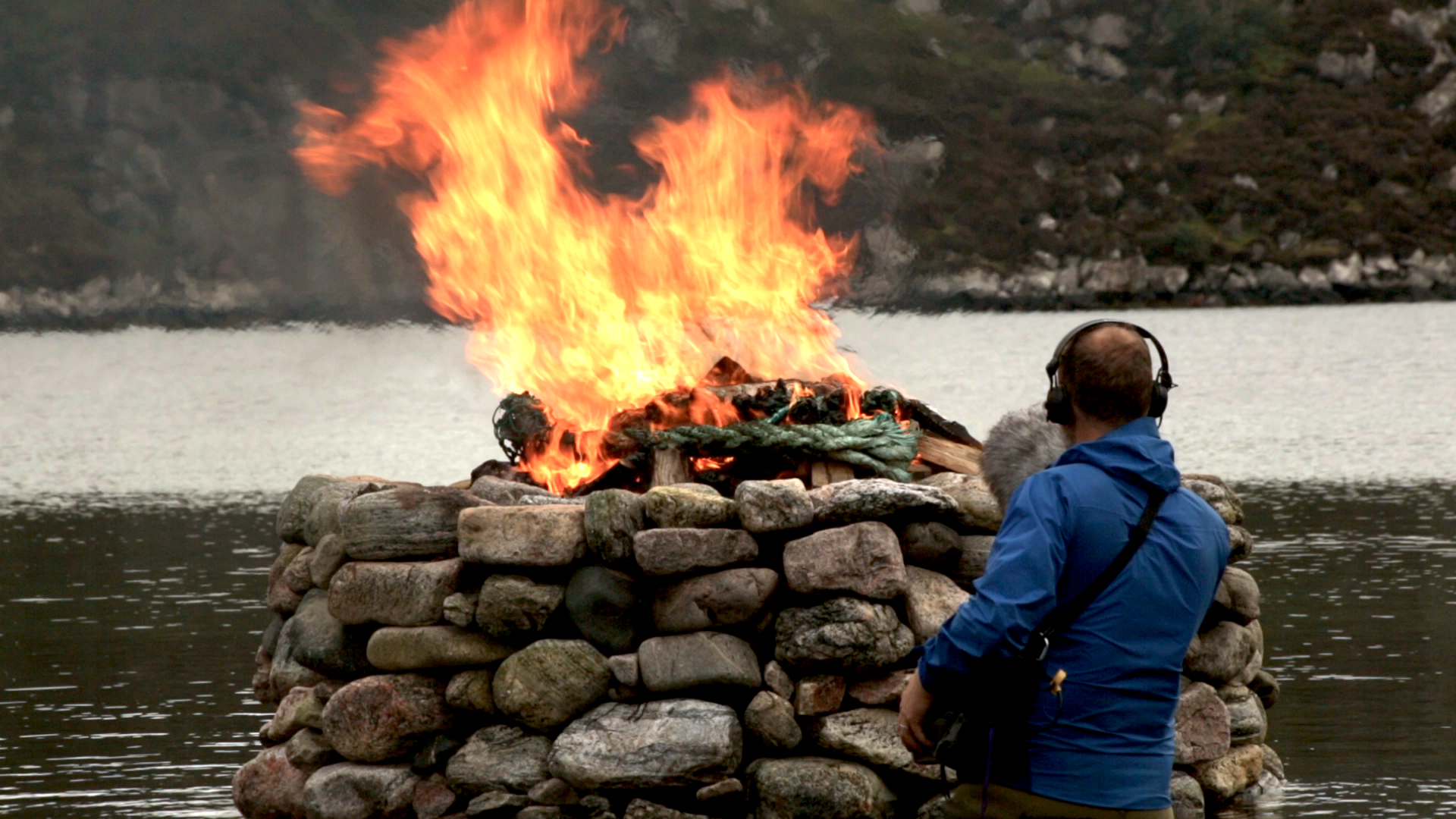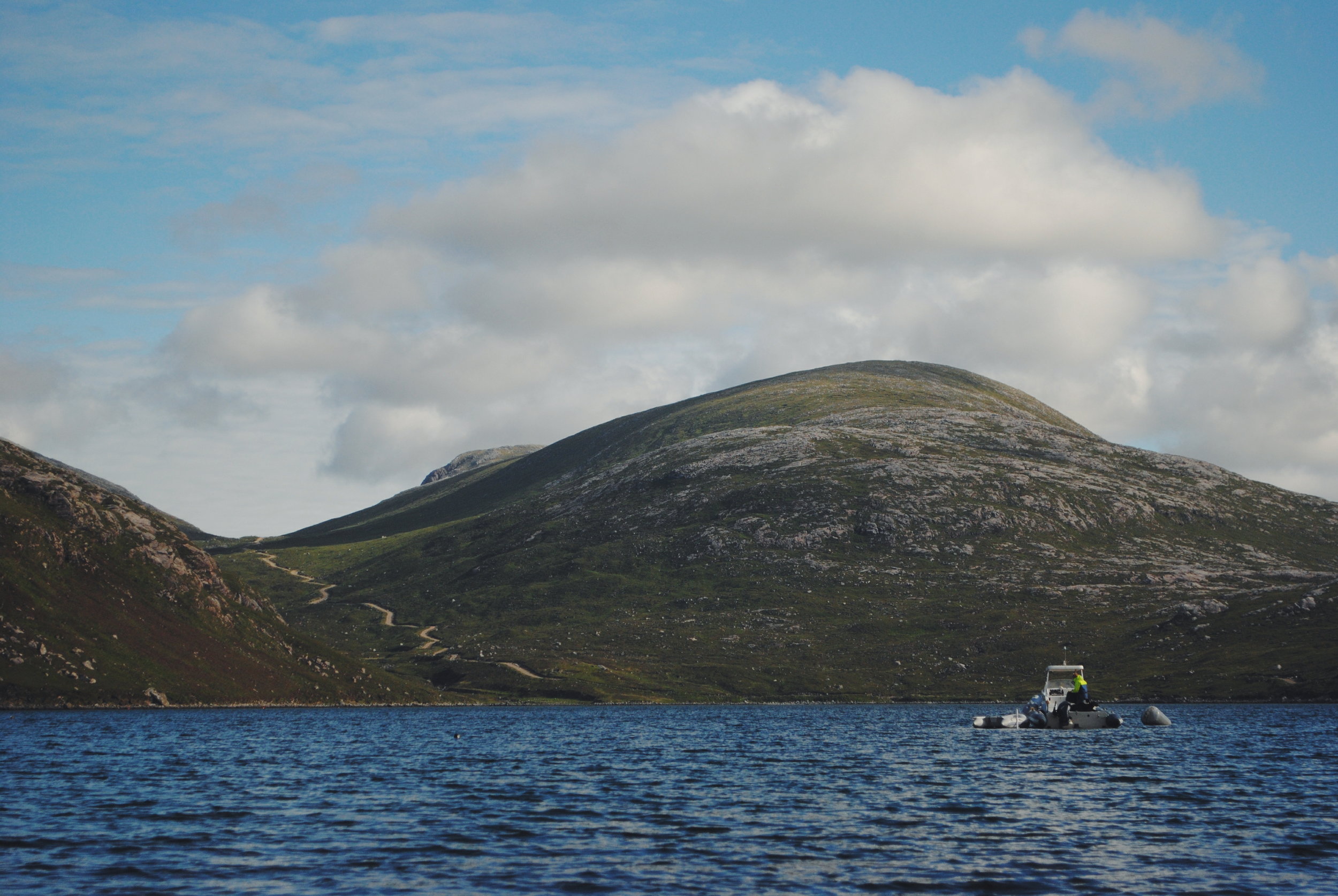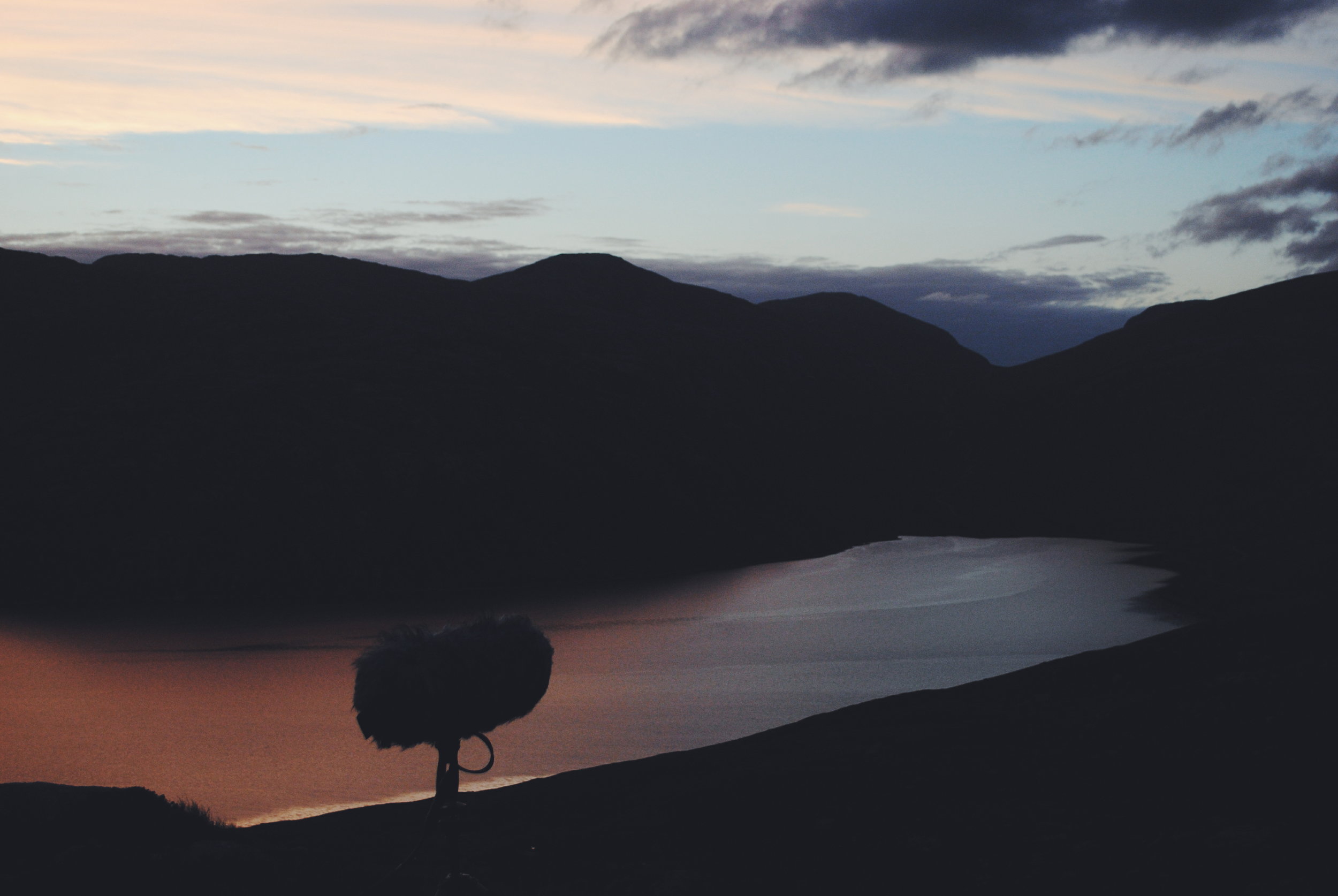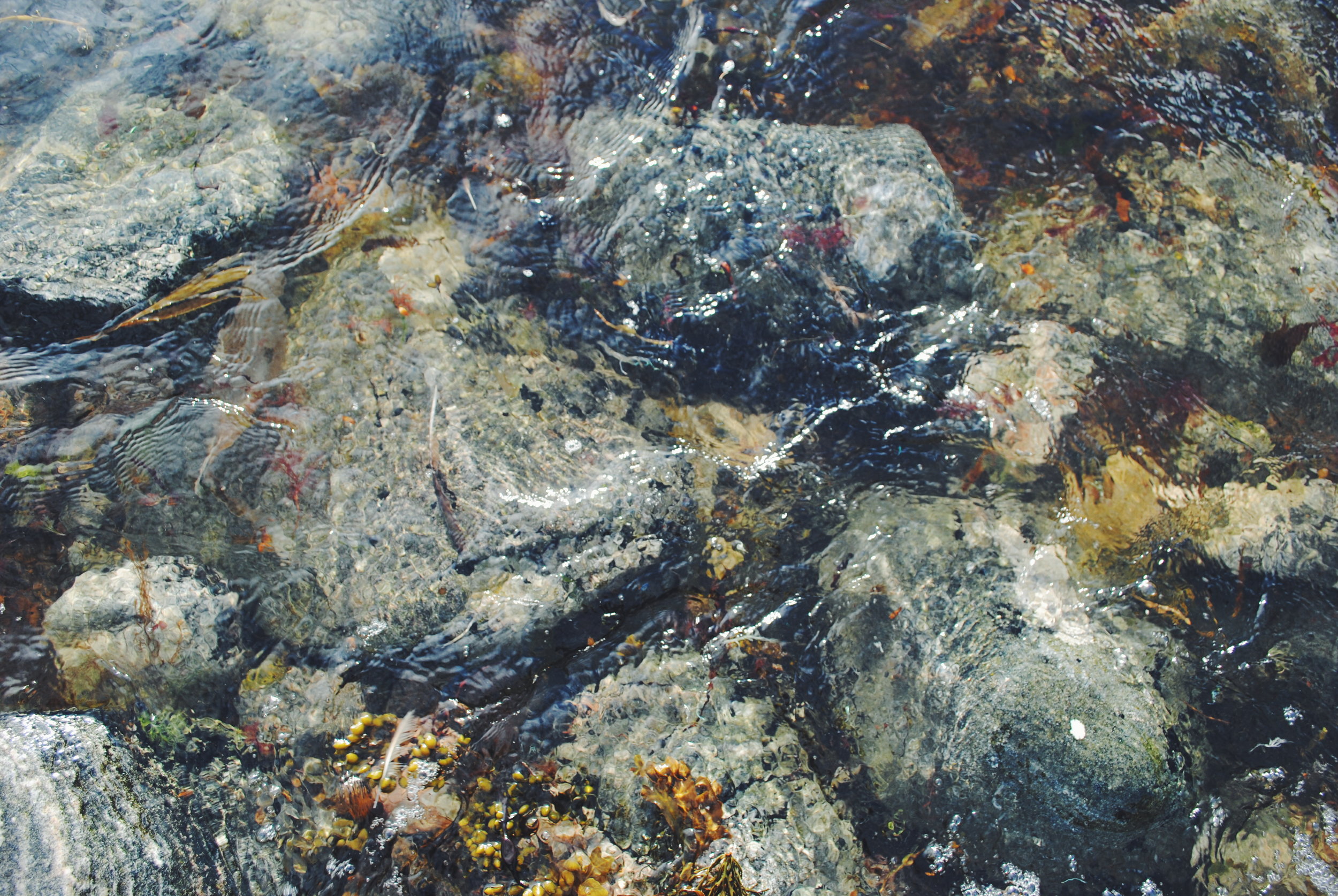This week we experienced something beautiful, as a field recordist, as a family and as lovers of nature. If I was a kid it would have remained hetched in my memory forever - and sharing the experience with two of my kids (ages 6 and 2), their uncle and their grandad, is what made it special.
The plan was just to do a morning walk up to some local cliffs were my in-law had eyed a pair of Peregrine Falcons Falco Peregrinus and their chick doing acrobatics. To the seasoned bird watcher or wildlife sound recordist this might not sound as special as I’m making it but having such a spectacle a 3 mile drive plus a 2 mile walk away from home has to be pretty unique.
On our way up we found the remains of two kills, one we guessed from a Pigeon, the other with smaller brownish feathers we are not sure - please leaves us a comment below if you have any suggestions.
When we reached the bottom of the cliff we could only see (and hear) the one falcon chick perched up on a dead conifer in the distance. As we got hypnotised by the constant calling and the birds got used to us being there, one of the parents flew to the perched chick and gave it a firm nudge, as if to push her to get flying.
Soon after and quite dramatically as one of the parents soared past the scrape (their nesting place), two more chicks and the remaining parent suddenly took off racuously. That’s when we realised that the Peregrine had hatched, not one, not two, but three presumably healthy chicks. What ensued was pure reverance for these agile flyers. All of us, big and small, had a grounding moment as we observed what looked like the best flying lessons any bird coud hope for.
For us adults, it was a real privilege to witness such animals in their natural environment and to be able to share a precious memory with the children. My in-law has always had a passion for birds and nature in general. When he was a child he kept an Owl in his room without his parents knowing (I know, different times). So i know this day had a particular resonance with him.
Peregrine Falcon from the Reader’s Digest Book of British Birds (1980)
For the kids it must have been exciting too. Ever since their grandad gifted them a beautiful 1980’s hand-drawn bird book, our children have shown an insatiable interest for birds. We have enjoyed learning about our local visitors such as Blue Tits, Robins, Swallows and Starlings (more colonisers than visitors these last ones!). But their personal favourites are the Long-eared Owl, the Golden Eagle and... the Peregrine Falcon, because it’s the fastest member of the Animal Kingdom. So for them, especially for the eldest who was more aware of it all, it was one mindful event.
From a Field Recording point of view, the conditions were near excellent; light breeze, a good distance from human hustle, and the rugged cliffs acting as a natural amphitheatre, enveloping the birds’ screeching calls.
I believe the experience it marked us all positively in many, sometimes crossing, ways. And I know that because there was silence, even from our sonourous two-year old. What started as a possible plan to occupy the morning ended up being a vintage day out. As my in-law put it, this is wild nature at its very best. To which I will add: right on our doorstep.
Ireland is noticeably quieter on Sunday mornings - hallelujah! - so I was back at the location early on Sunday to get a cleaner recording, which I did, but the Peregrine family fell silent an hour or so after my arrival. I saw one of them fly off into the valley to the farmlands, so I presume it was hunting time. Mind you the rest (or all for that matter) might have still be lurking quietly on the rocks as their plumage mimetises so perfectly with the colour of the cliffs. In any case, the intensity of the display was nothing like we experienced on the first visit, which strengthens my view that it really was a special day. I had nonetheless a very special encounter with what I believe was an Irish Hare Lepus Timidus Hibernicus, who kept skipping towards me unaware of my presence. You can see this in the video below (at 4m17).
The plan from now until the juveniles leave and ultimately the pair leave for winter, is to keep going back whenever possible to monitor any developments. I recently joined the Northern Ireland Raptor Study Group as a volunteer so I will be relaying any relevant information to them. From a Field Recording point of view my aim is to get more call variations, and closer recordings. For the latter I will pursue a license and seek expertise from the Wildlife Sound Recording Society on how to approach what seems unapproachable. From a visual entertainment point of view, I dream of seeing a live kill in mid air.
Ultimately, if it was not clear enough, I am delighted that the experience has triggered such a powerful response in the children, for to value nature is one of the positive gains in life.
The pilgrimage will go on.





